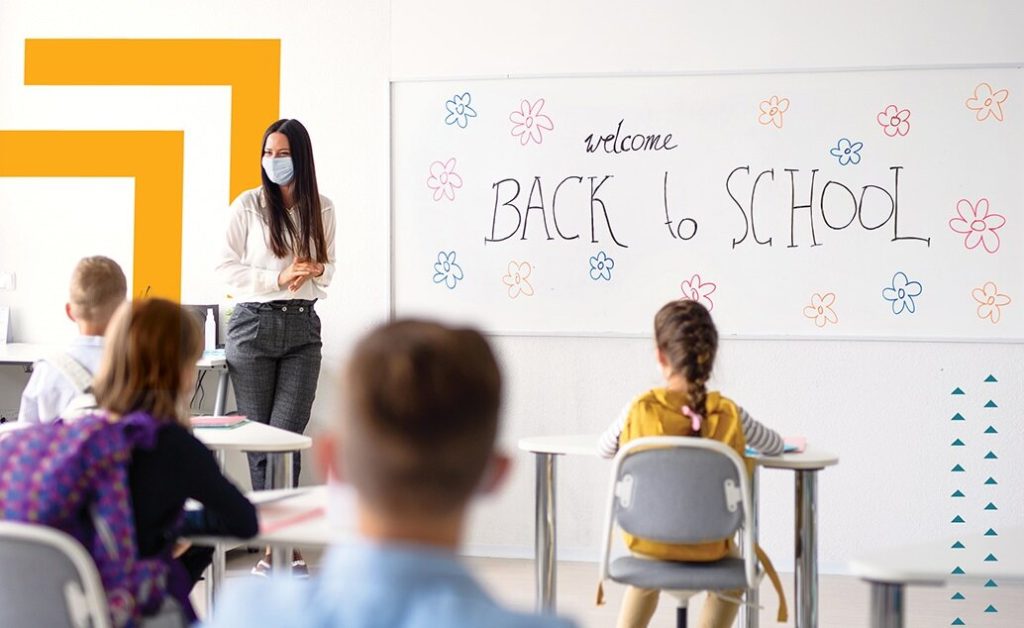
The pandemic has changed what education looks like. Daily, I hear about the struggles teachers and paraprofessionals are facing. Some are reaching their breaking point. Some are just trying to get through one day at a time.
It might be hard to believe, but some of these changes have pushed us to become better teachers. We’ve had to critically reassess the “traditional” way of teaching as we’ve transitioned to other models, and the optimist in me has realized that some changes have led to smarter, better instruction. Here’s what I plan to take with me after school goes back to normal permanently:
- The transition to hybrid or distance learning has made us hyper-sensitive to our methods for monitoring student progress and engagement. We’re striving more to find the most effective and fair ways to measure learning, and it has led us to important questions: How are you assessing acquisition and retention? What’s the best way to formatively assess students? Let’s remember these conversations and conclusions so we can apply best practices to future school years.
- Hybrid and distance learning have emphasized the importance of empowering students to be self-reflective, independent learners. Instead of constantly assigning and grading everything, teachers can develop instructional materials that automatically provide feedback to students. Teachers can also set up tailored lessons that allow students to move independently through the content at their own pace, something that can be quite difficult to do in a traditional classroom. These platforms and tools are ones to hold on to so we can keep prioritizing student learning over convenience, giving students the ability to progress independently as they demonstrate competency.
- Some students not only prefer distance learning but have excelled with it. I will not dispute the importance of social interaction for mental health. However, the students who are introverted, prefer working independently and contribute more willingly to class discussions when they have time to formulate and type their thoughts are finally fully comfortable at school. Let’s consider how we can take the components that made distance learning effective for these students and put them into the brick-and-mortar classroom.
COVID-19 has changed education, but it hasn’t all been for worse. Let’s ensure we’re learning from the experience, taking advantage of the positive effects and applying them to our typical school environments.
Teach students with confidence regardless of the setting. Explore American College of Education’s education programs to see which one meets your career goals.

